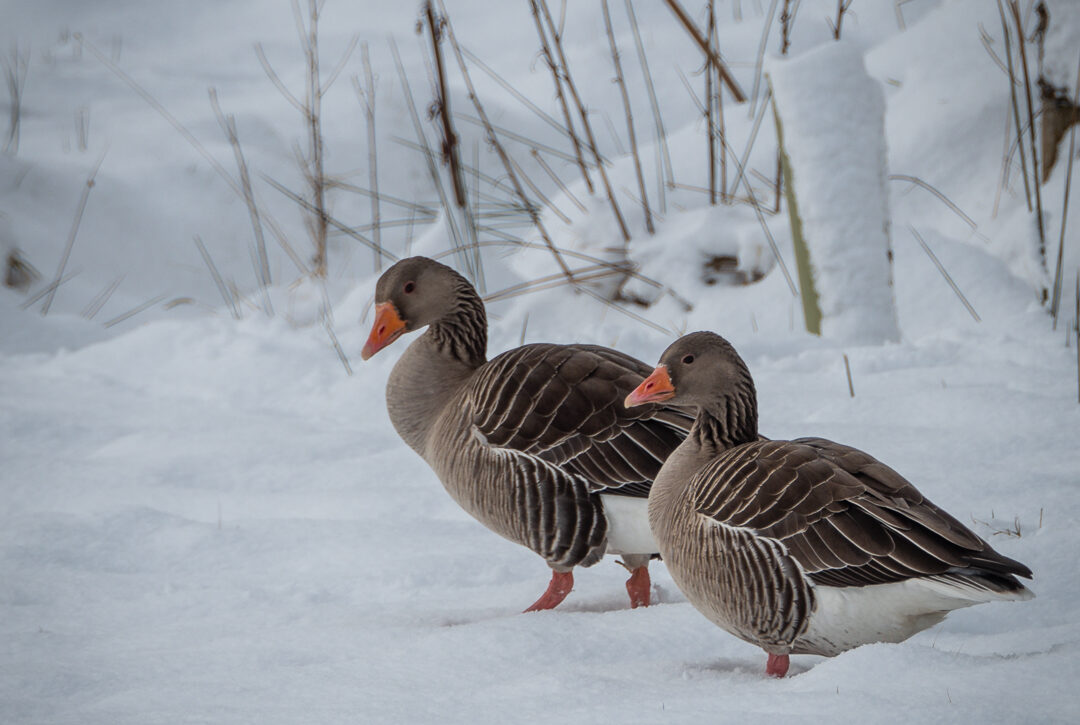Season’s Greetings from the KALY team!

Dear friends,
At KALY, our journey commenced one year ago, marked by the anticipation of a linear progression in learning: obtaining our inaugural license for kelp cultivation, establishing a water-based farm at Lochbay by winter, and eagerly anticipating our initial harvest in the Spring.
In reality, our endeavours have taken us through several interconnected paths. No longer confined to a singular trajectory toward kelp cultivation, we find ourselves navigating a complex network of pathways interweaving the entire seaweed value chain. From hatchery design to bio-stimulant trials, seaweed compound testing methodologies to product development, our pursuit involves multiple routes, each demanding a cohesive team effort. We are gradually formulating a comprehensive and tangible strategy for the future development of KALY as a business over the coming years.
In June, we had the privilege of attending Seagriculture in Trondheim for the first time. This experience allowed us to meet international industry contacts in person, forge new connections, and glean insights from seasoned speakers in the seaweed sector. The event, taking place on June 21, solstice near the Arctic Circle, added an extra layer of significance and intrigue.
Since September, we have collaborated with the James Hutton Institute and SAMS on our inaugural FIRNS grant. Supported by NatureScot and NHLF, this grant enables us to establish a framework for private financing in marine natural capital restoration. Our initial focus is on the restoration of native oysters, leveraging their ability to sequester carbon and nutrients while enhancing biodiversity—an invaluable contribution to the mitigation of ocean eutrophication and acidification.
The concluding months of the year have been dedicated to extensive grant writing. Faster than anticipated, the realization dawned on us that biotech innovation in product development and processing methods is imperative for industry scalability. Beyond the need for larger vessels and seaweed harvesting equipment, the grant application process compelled us to meticulously address challenges and construct what we hope is a compelling strategy. Collaborating with our industry and academic partners, we eagerly await award decisions early in the new year.
The exploration of seaweed compounds and the meticulous understanding of their suitability for end markets have rekindled our engagement with fundamental chemistry. It is evident that we, as seaweed farmers, are not merely selling seaweed; rather, we are marketing chemical materials encapsulated in seaweed—a nuanced distinction. Our considerations regarding seasonal and locational variance, as well as pricing for these compounds, continue to evolve.
This year has swiftly passed, marked by accelerated insights into the seaweed industry. However, the practical aspect of kelp cultivation has proven to be a gradual process. Perhaps we underestimated the time required for the marine environmental authorities to process our application, especially in the absence of objections. While we aim to enhance future applications, it is evident that a substantial shift in the engagement approach of the environmental guardians is necessary for the Scottish seaweed industry to flourish.
Our journeys are advancing with positive momentum. We extend sincere gratitude to the numerous individuals who have supported and guided us, ensuring we stay on course. The team is resolute in its direction, brimming with enthusiasm to execute our diverse strategies in the upcoming year. The forthcoming year heralds the exciting phase of cultivating kelp at Lochbay—a prospect we eagerly anticipate!
With warmest seasons’ greetings,
The KALY Team